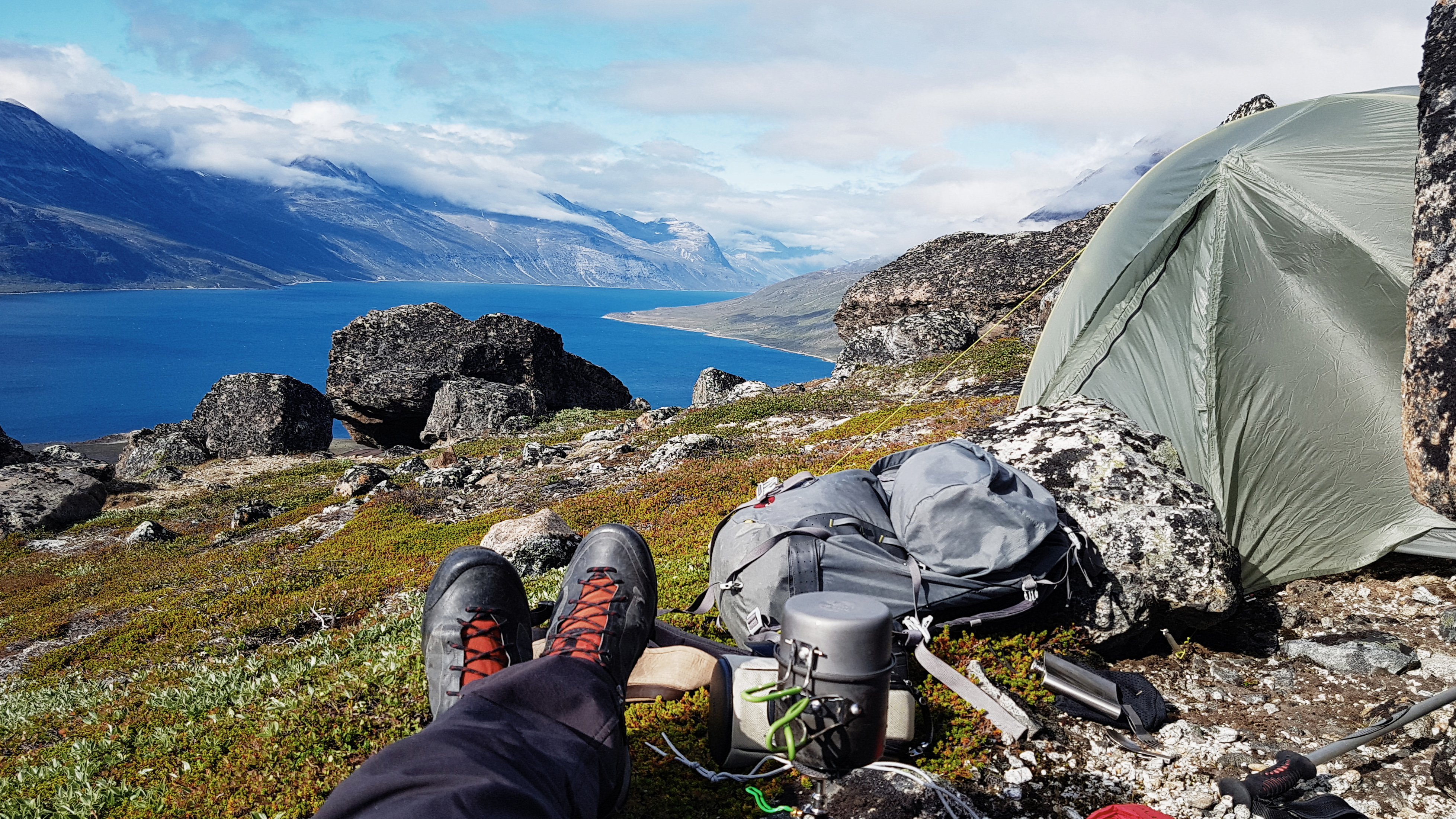
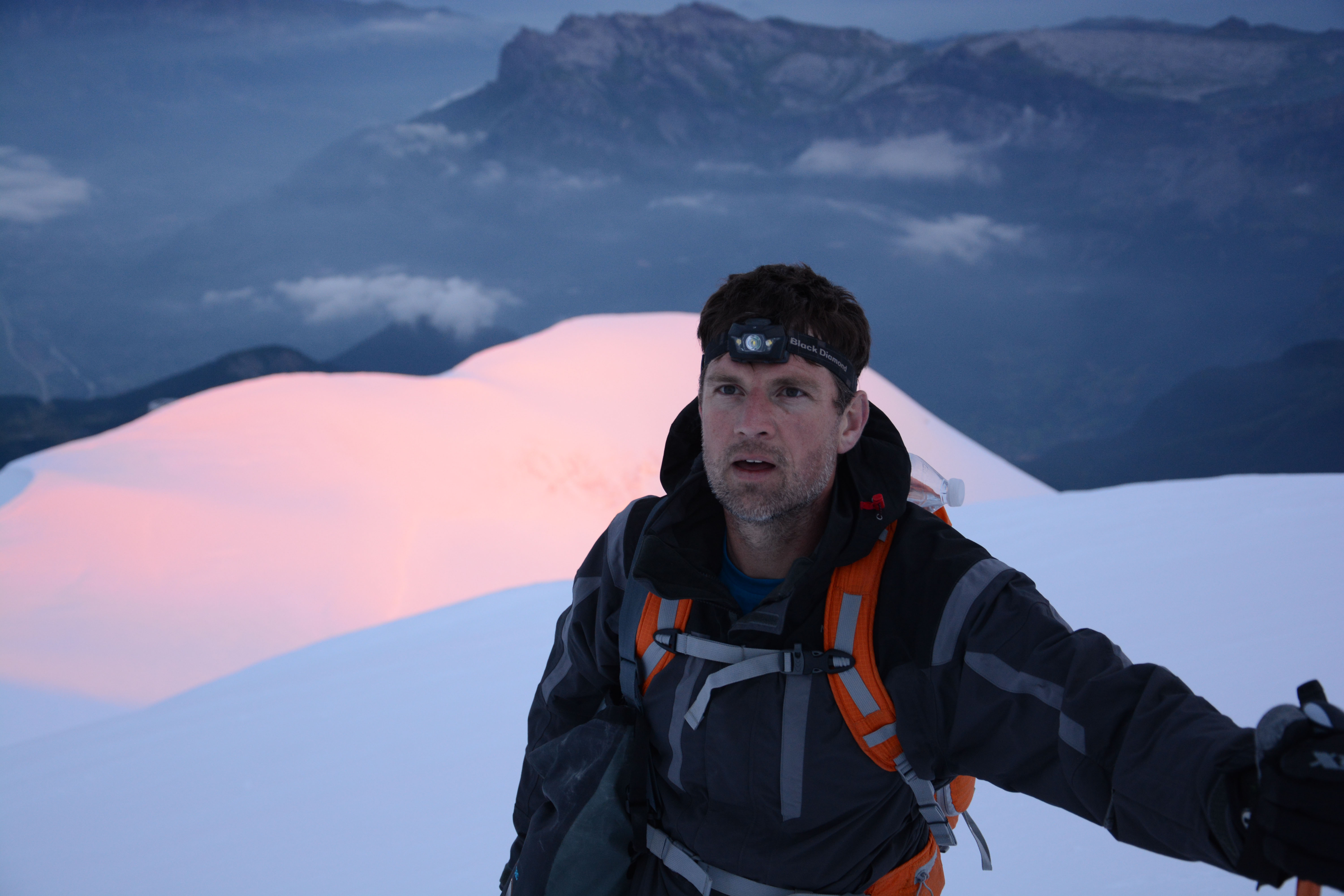
Perfecting the art of backpacking is as much about knowing what to leave behind as it is about knowing what to take.
I’ve met mountaineers so weight conscious that they cut the handle off their toothbrushes when packing for the peaks. This might seem extreme – and it is, but then so is venturing eight vertical kilometres into the sky in the first place, let alone carting any amount of extra baggage while you’re doing it – so good luck to them. Most of us don’t go anywhere that dodgy Death Zone while backpacking, but even when adventuring at a much more sensible proximity to sea level, no one wants to carry any more weight than they absolutely have to.
Forgetting something is irritating, but you can usually improvise or find a fix. (So long as it’s not your mug – that’s a total, unmitigated disaster.) But realising, halfway through the first day on the trail, that you’ve overpacked is awful. It’s too late to responsibly jettison anything, so you have to keep going, lugging extra unnecessary weight and kicking yourself with every step.
During many years of backpacking all over the world, I’ve made just about every mistake possible, from forgetting my tent pegs to hauling horrible amounts of excess baggage along multistage trails. But you live and learn. And then, if you care, you share.
So here’s a list of backpacking essentials I always take (a hand-scribbled version of which I literally keep in a draw in my gear garage, so I can tick things off as I pack them), and I try to limit it to virtually just these items. Plus my phone, of course – which nowadays doubles as a camera, an emergency distress beacon, a backup light, a mirror, a navigation aid and plenty more – and a little power bank.
1. Backpack
The single most important tool in any trekker’s gear cupboard is, of course, their best hiking backpack. Or, most likely, packs plural because you need a few size options according to the length of the journey you’re embarking on and the season you’re venturing out in. Pick a pack that fits all your essential kit in it, but only just. Extra space tempts you into overpacking. It’s not like going on holiday when you might leave room for souvenirs and acquisitions – if you’re doing things right, your load should get progressively smaller as you consume food.
If I’m expecting to be on the trail for three nights or less, especially in summer, I will usually attempt to pack everything into a large ‘daypack’ (a rucksack that has a decent harness system, including a breathable back panel, with a volume of around 35L), like the Fjallraven Abisko Friluft. For escapades lasting four nights to a week, a pack with a capacity of between 50L and 65L is ideal, like The North Face Trail Lite. Longer thru-hikes might require even bigger packs but do be careful not to carry too much – wear your clothes for several days, and if there are opportunities to replenish your food stock en route, take advantage of them instead of carting everything from the trailhead.
Sign up to the T3 newsletter for smarter living straight to your inbox
Get all the latest news, reviews, deals and buying guides on gorgeous tech, home and active products from the T3 experts
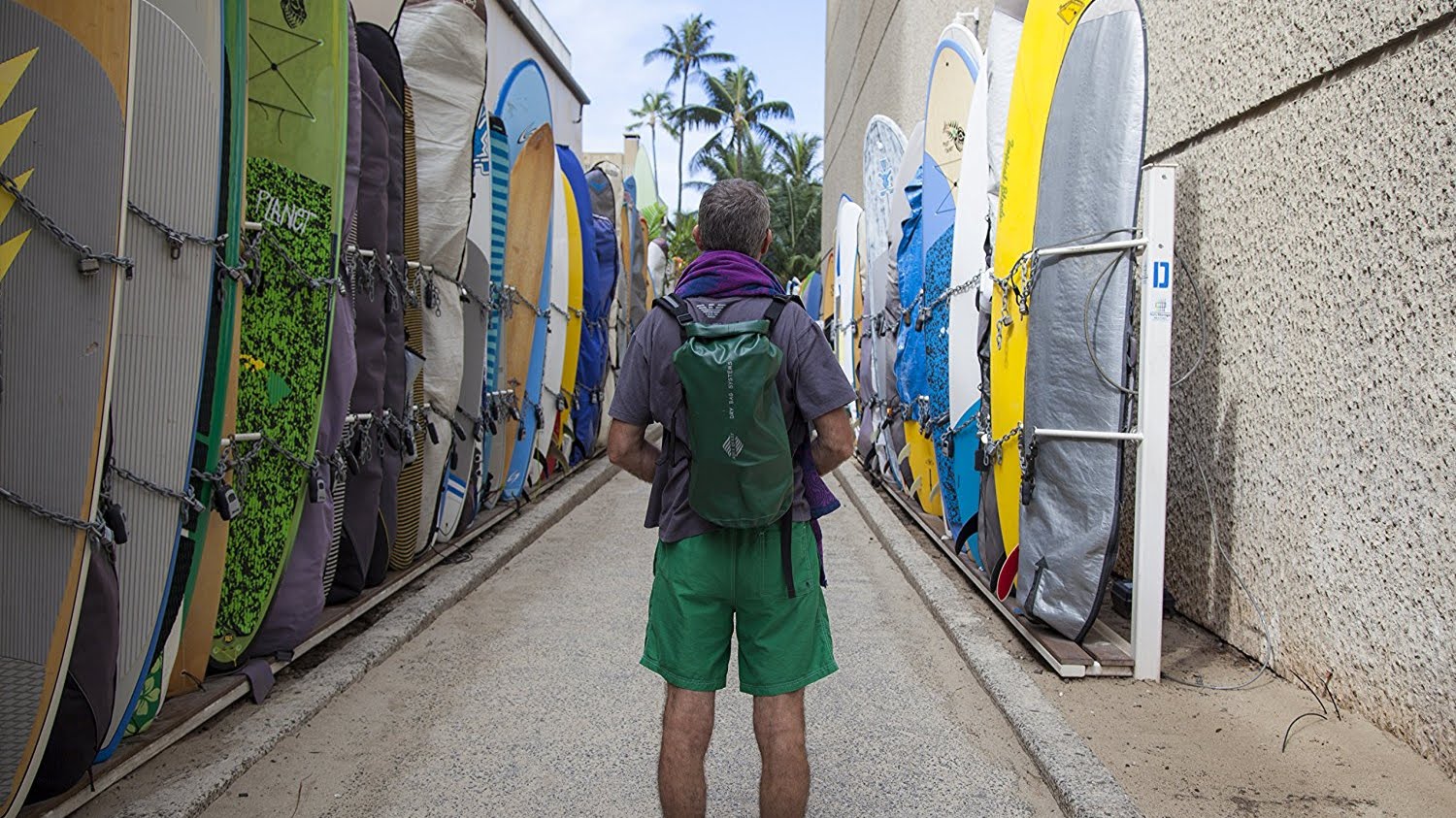
2. Dry bags
From keeping your gear dry (especially your down sleeping bag and jacket) to securely storing dirty clothes and rubbish so they don’t mess your clean kit up, it’s worth taking several good dry bags of varying sizes and thicknesses. They weigh next to nothing and come in useful in so many ways. Definitely double-wrap your sleeping bag.
3. Spork
Ridiculously light, highly functional and stupidly cheap, the simple plastic spork (retailer link) is one of humanity’s greatest inventions, and I’ll fight anyone who disagrees. Pick a colour and pack it.
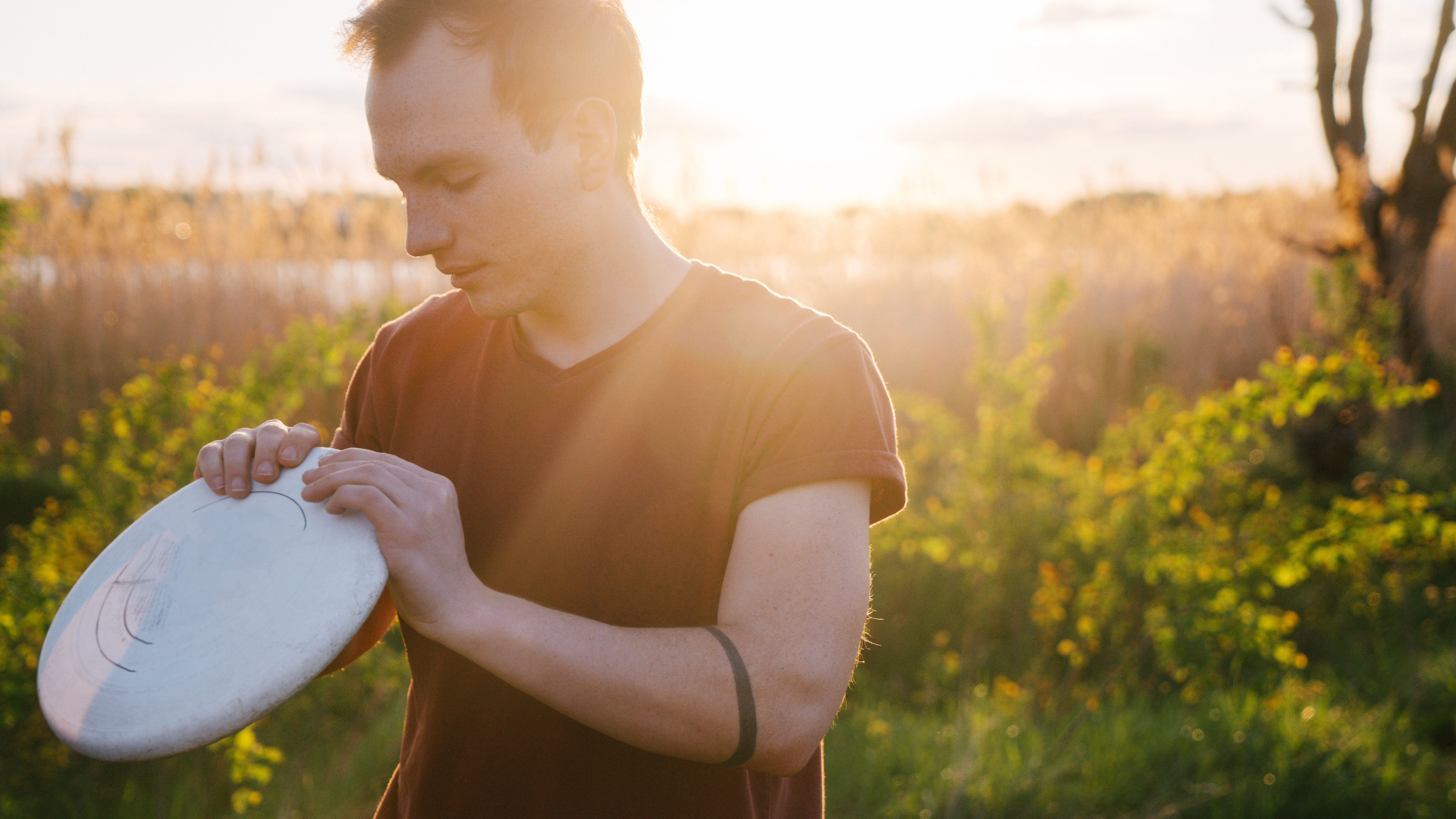
Frisbee – good enough to eat your dinner off
4. Frisbee
This is the first thing I pack whenever I go backpacking. A good frisbee can be used as a plate, a bowl, a fire wafter, a dry seat cover on a wet stump or soggy grass, a fan and myriad other things – including, apparently, something to chuck around for fun.
5. Multitool
The debate about the comparative merits of the Victorinox Swiss Army Knife and various Leatherman Multitools will likely rage until AI puts an end to it (and us) forever, but both are good. If I’m trying to travel light, I’ll go with a simple penknife stashed in my pocket, but for longer missions when more tools are potentially required, I opt for the Leatherman and wear it on my belt (no one can see that you look like an idiot in the wilderness).
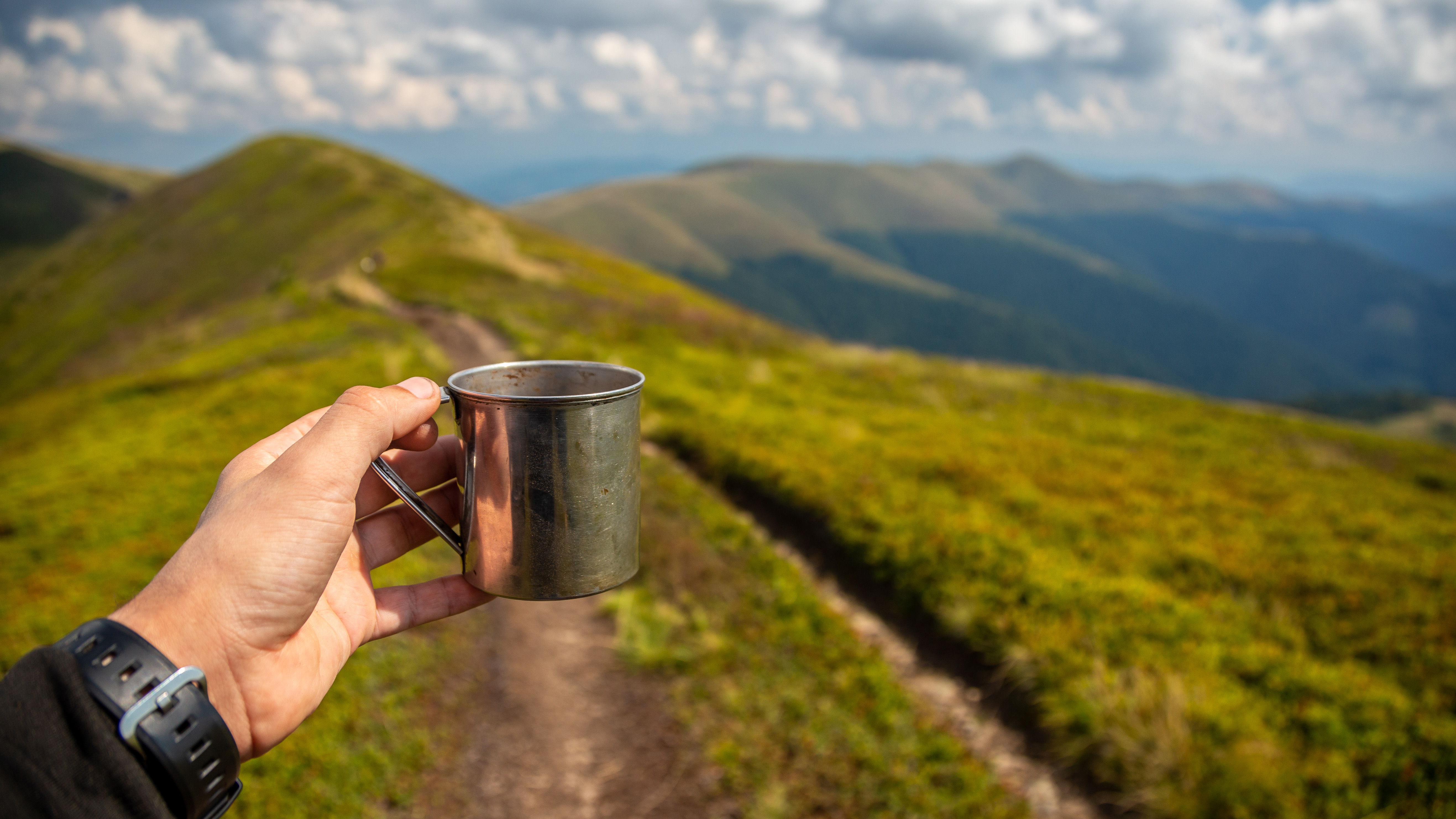
Never forget your mug!
6. Mug
Between the Frisbee, the spork and the multitool, you have almost a full set of crockery and cutlery. But do not forget your mug. Whether you go for a traditional enamel camping cup or some sort of travel mug, it shouldn’t take up much space because you can fill it with other stuff – from food to spare walking socks.
7. Bag of tricks
A little zip lock bag containing a lighter, a bit of fishing line, some safety pins, a couple of cable ties, a length of string, pen and paper, a bit of tape and so on can come in super handy. The cool kids call this stuff everyday carry, but I’m not a cool kid, and I certainly don’t carry it around every day – just when I’m backpacking.
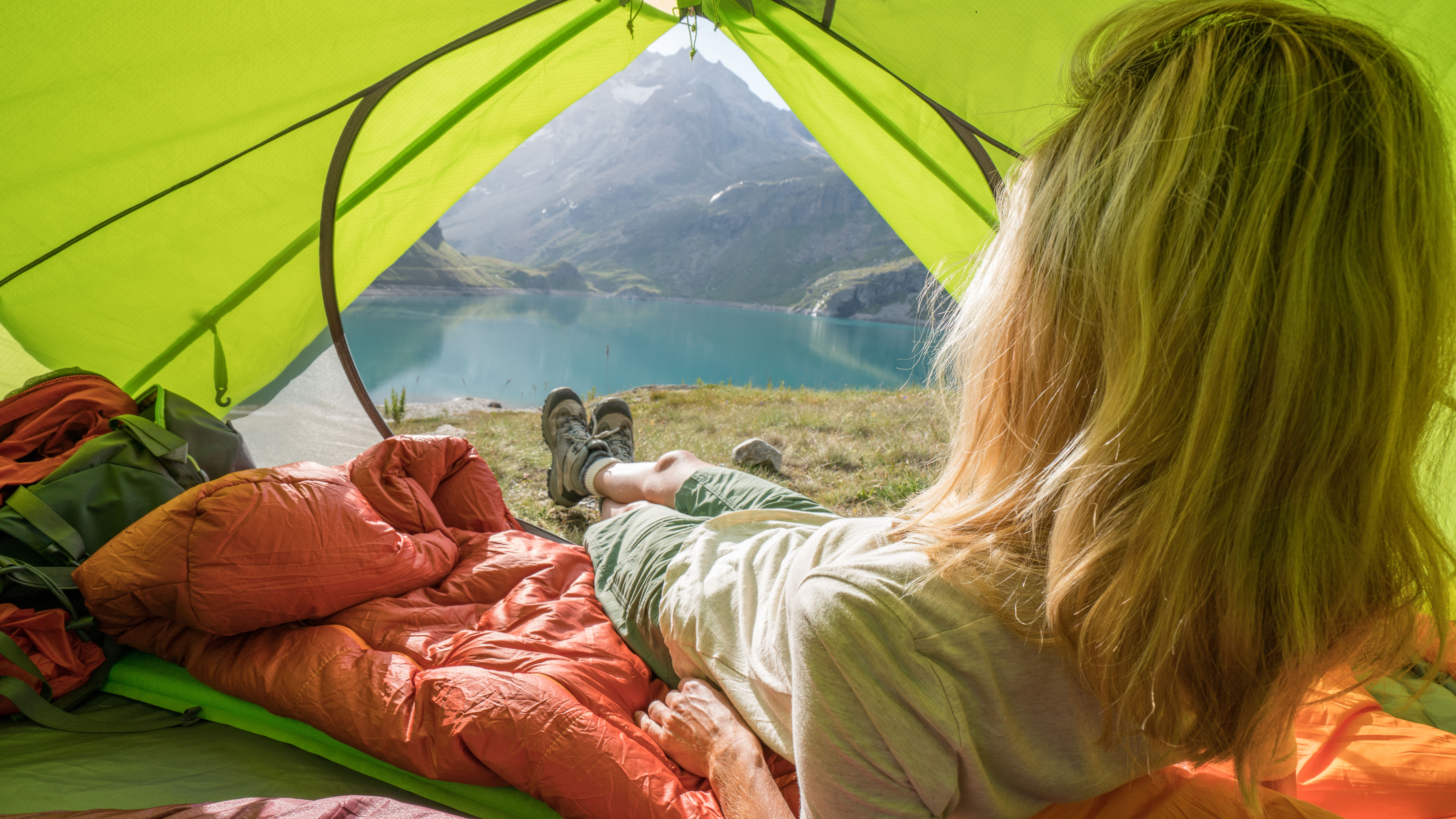
Room with a view
8. Shelter
The best tent type for the adventure you’re taking on will depend on where you are going, when you’re going and who you’re going with. If you’re backpacking with a buddy, take a good two-person tent like Sea to Summit’s Alto TR2 and share the load (you take the pegs and poles, they take the tent – or visa versa). If you’re hiking alone, a small but robust one-person tent like the Alpkit Soloist is ideal for nine months of the year. But, especially in summer, consider going with a bivvy bag or hammock – the experience of literally sleeping under the stars is sensational.
9. Sleeping bag
The best sleeping bag for your escapade will depend on the overnight temperatures you’re likely to encounter out in the wilds, but obviously, the lighter the bag better – so long as it can keep you comfortable. For the majority of the year, the best approach is to take a down-filled 3-season sleeping bag, such as the Alpkit Pipedream 400.
Down bags are extremely compressible, very light to carry and beautifully warm, but you do need to be careful not to get them wet (see dry bag entry). In the height of summer, you can use a much smaller and lighter bag, such as the Decathlon Forclaz MT900, while in mid-winter, you will require a thicker bag, like the Therm-a-Rest Polar Ranger.
10. Camping mat
Similarly, the best camping mat for your adventure varies according to conditions. A lightweight, inflatable, 3-season sleeping pad, such as the Exped SynMat Ultralight, is the most versatile option to go for, as this will provide comfort and decent insulation from ground chill virtually all year round.
For backpacking trips in balmy temperatures, a superlight mat like the Alpkit Cloudbase will more than suffice, while at the other end of the calendar, in the coldest conditions, you will require a mat with a higher R-value, like the Thermarest NeoAir XLite camping pad or the Sea to Summit Ether Light XT Extreme.
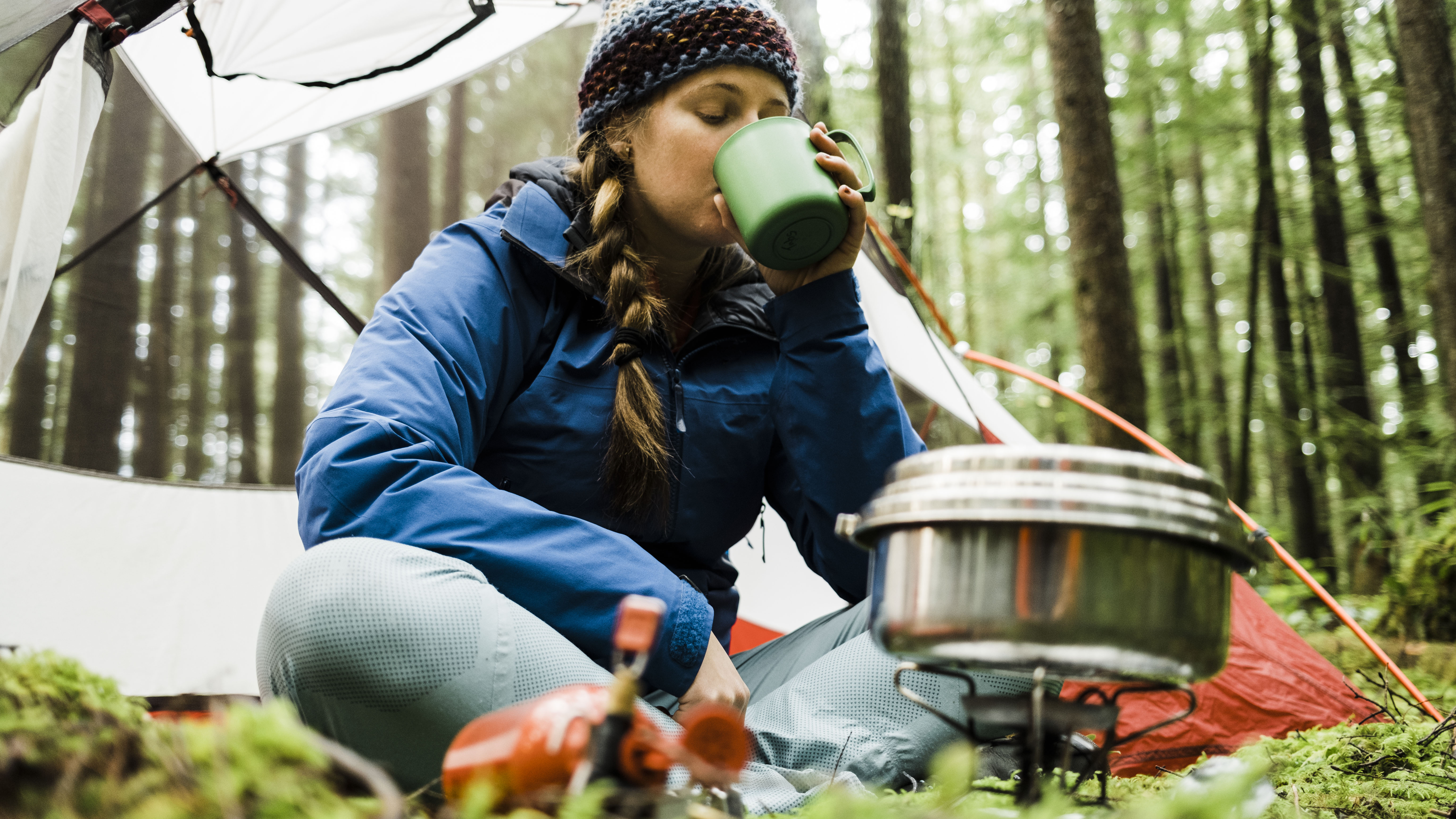
Cooking up a storm at the end of a day on the trails
11. Lightweight stove
Enjoying some warm food and a hot drink is usually the highlight waiting for you at the end of a hard day’s hiking. Unlike car camping, when you can lounge around in a comfy camping chair while slow-cooking something on an open fire, backpackers just want the best stove available for boiling water super quickly, to get a brew stewing and pour moisture on a dehydrated meal. For me, it’s hard to surpass the Jetboil range, which not only heat water in record time, but also pack neatly away into their own pots, together with a gas bottle and stand.
12. Headtorch
An essential piece of kit for all campers, a good headtorch is vital for backpackers, who often require it out on the trails (if nightfall catches up with them) as well as in the tent after dark. I recommend something solid, proven, powerful and versatile, with a range of settings, such as the Black Diamond Storm (versions of which I have been using for 20 years), and then a very lightweight model like the BioLite HeadLamp 750 as a good back-up (this little lamp weighs about the same as a set of spare batteries for the Storm).
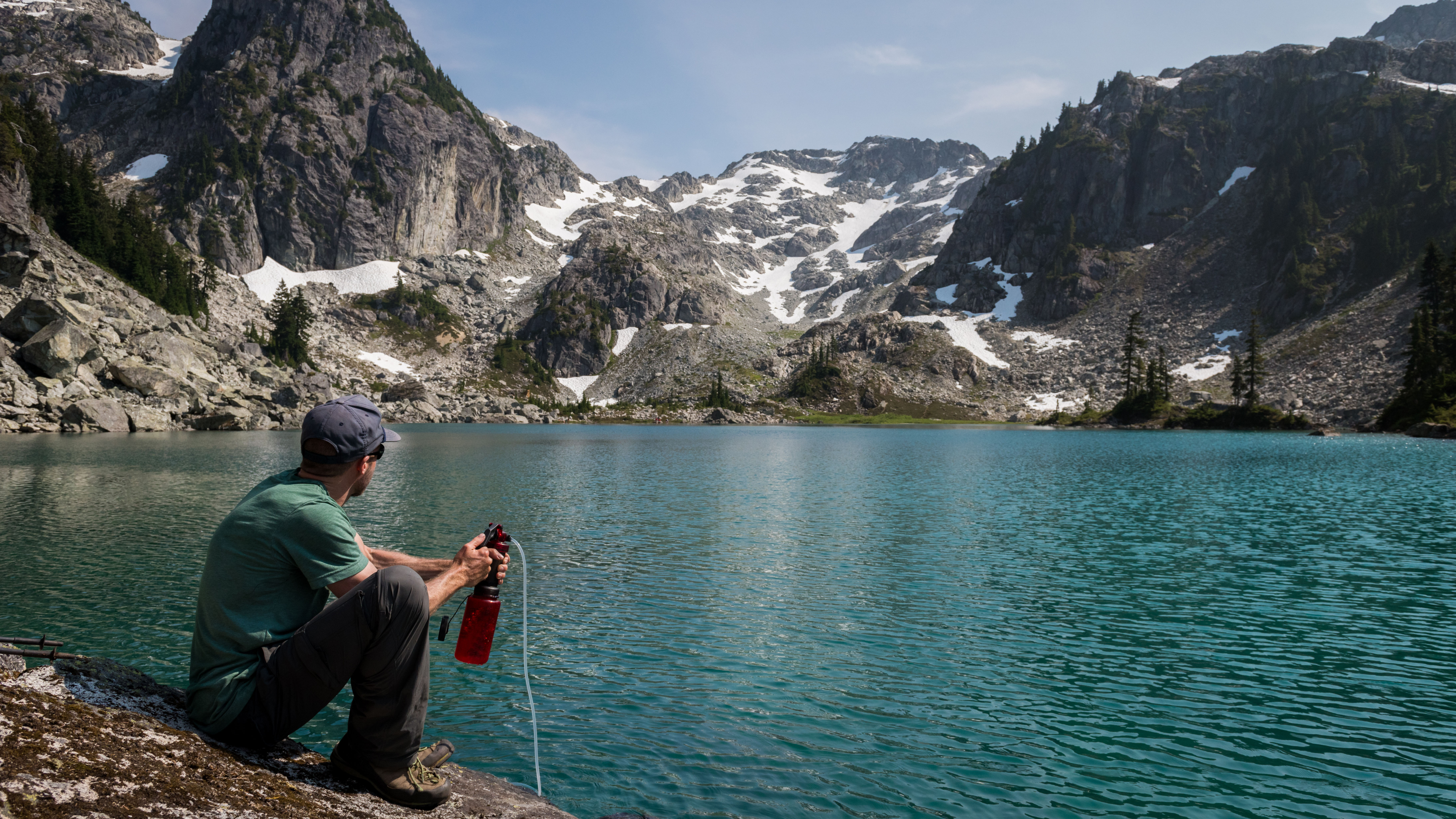
Purifying mountain juice
13. Hydration bladder, water bottle and filter
Backpacking can be hard, sweaty work, and staying juiced is very important. I use a hydration bladder positioned in my pack, but a good water bottle will obviously do the trick too. If you’re heading somewhere remote, where water sources are scarce or unknown, take a bottle that doubles as a water purifier, such as the LifeSaver Liberty or the LifeStraw Go.
14. Food
Dehydrated meals are great for backpacking trips, but they do tend to get bland after day two. A small bottle of Tabasco sauce or some chilli flakes and other herbs in a zip lock bag can liven things up nicely, and they add next-to-no weight.
15. Clothing
The layering system is important whatever you’re doing outside, but it’s especially important to get it right when backpacking. Start with a really good base layer – ideally a merino wool/synthetic mix, like the Arc’teryx Rho Hybrid Half Zip, because that will keep you warm whatever happens, and you can wear merino for several days on the trot without it becoming horribly stinky.
My advice for a mid-layer is a lightweight down jacket such as the Shackleton Rothera or The North Face Thermoball, which weigh very little, pack down small when you’re not wearing them, and can be used as a comfy pillow during the night.
Lastly, but very importantly, you will need the best waterproof jacket you can find, something like the Arc'teryx Beta or the Montane Spirit.
16. Footwear
If you’re carrying a loaded pack across technical terrain, then it’s a good idea to wear proper hiking boots with toothy grip and substantial ankle support, such as the Keen NXIS Evo mid in the warmer and drier months or the Mammut Taiss Light Mid GTX in rougher terrain and more challenging conditions. Don’t forget to wear decent hiking socks with them. If you have room, it’s worth taking a pair of flip-flops for wear in camp at the end of the day.
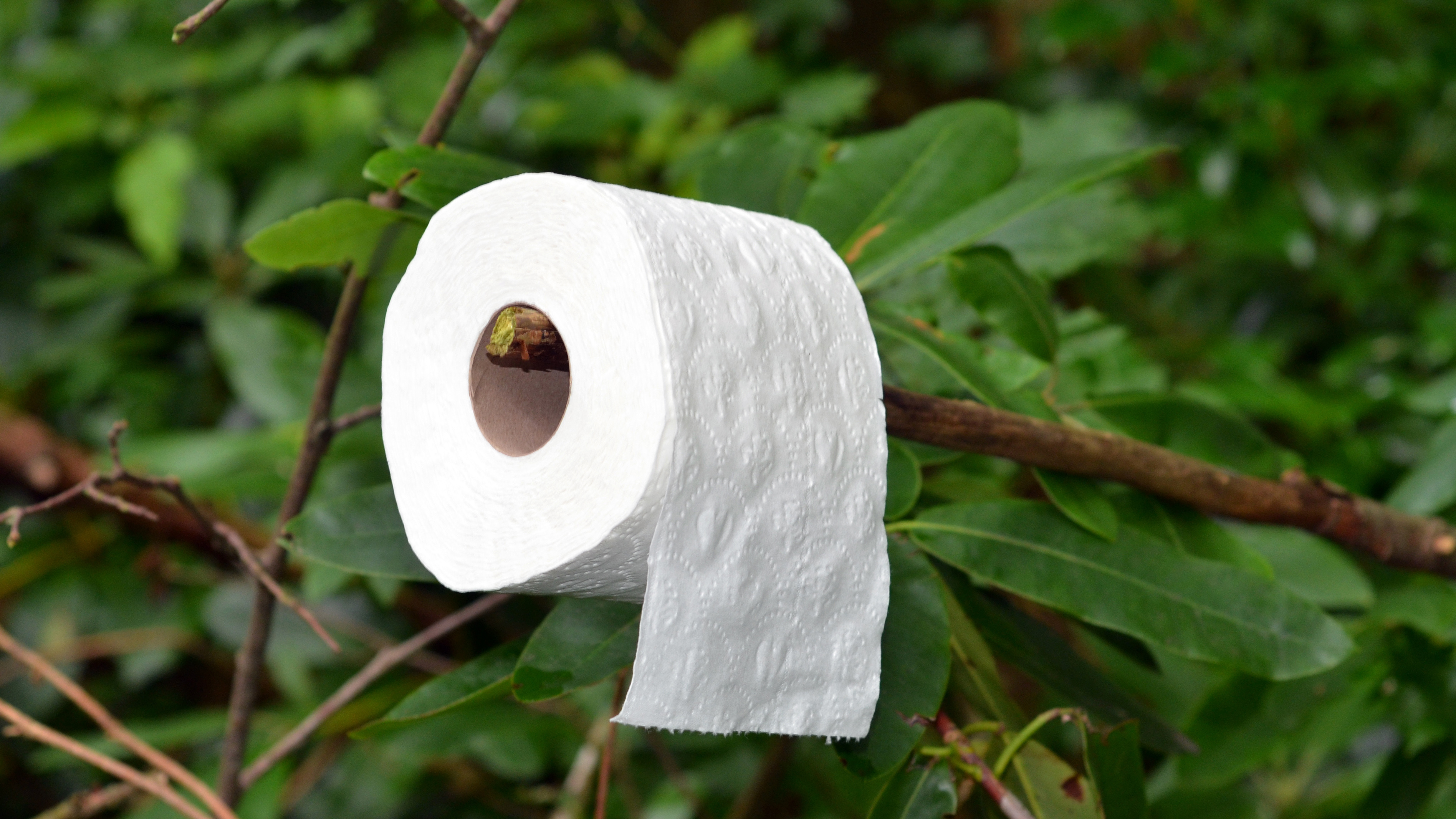
Paper trail
17. Toilet roll
Do not forget the toilet roll. Leaves are rough, and we’ve evolved soft. Lots of people advise taking a small trowel to dig a hole to do your business in and bury it. In practice, a stick will usually do the trick. But do be considerate and go at least 50m from any water source.
18. Microfibre towel
According to the Hitchhikers Guide to the Galaxy, a towel is the most important piece of kit travellers can ever carry. I don’t agree – mugs are far more important – but a tiny, quick-drying towel is definitely a very useful thing to have to hand for wild swims, plus washing and drying yourself and/or your cooking items.
19. First aid kit
Plan for the best experiences, but prepare for the worst. A small first aid kit with some plasters, bandages, antiseptic cream and painkillers can be extremely useful if you suffer from blisters or end up with some minor scrapes and grazes.
200. Toothbrush
Even if you forgo every other home comfort and toiletry item, giving your gnashers a good scrub in the morning and evening makes you feel so much better. You don’t need to saw the handle off though.

Author of Caving, Canyoning, Coasteering…, a recently released book about all kinds of outdoor adventures around Britain, Pat Kinsella has been writing about outdoor pursuits and adventure sports for two decades. In pursuit of stories he’s canoed Canada’s Yukon River, climbed Mont Blanc and Kilimanjaro, skied and mountain biked across the Norwegian Alps, run ultras across the roof of Mauritius and through the hills of the Himalayas, and set short-lived speed records for trail-running Australia’s highest peaks and New Zealand’s nine Great Walks. A former editor of several Australian magazines he’s a longtime contributor to publications including Sidetracked, Outdoor, National Geographic Traveller, Trail Running, The Great Outdoors, Outdoor Fitness and Adventure Travel, and a regular writer for Lonely Planet (for whom he compiled, edited and co-wrote the Atlas of Adventure, a guide to outdoor pursuits around the globe). He’s authored guides to exploring the coastline and countryside of Devon and Dorset, and recently wrote a book about pub walks. Follow Pat's adventures on Strava and instagram.
-
 3 overrated shoulder exercises, according to a fitness expert (and what to do instead)
3 overrated shoulder exercises, according to a fitness expert (and what to do instead)Sculpt 3D shoulders whilst minimising injury with these three alternative exercises
By Bryony Firth-Bernard Published
-
 Polar’s new subscription feature lands in the shadow of Garmin’s Connect+ rollout
Polar’s new subscription feature lands in the shadow of Garmin’s Connect+ rolloutPR genius or timing disaster? Polar’s new Fitness Programme adds adaptive training to its ecosystem
By Matt Kollat Published
-
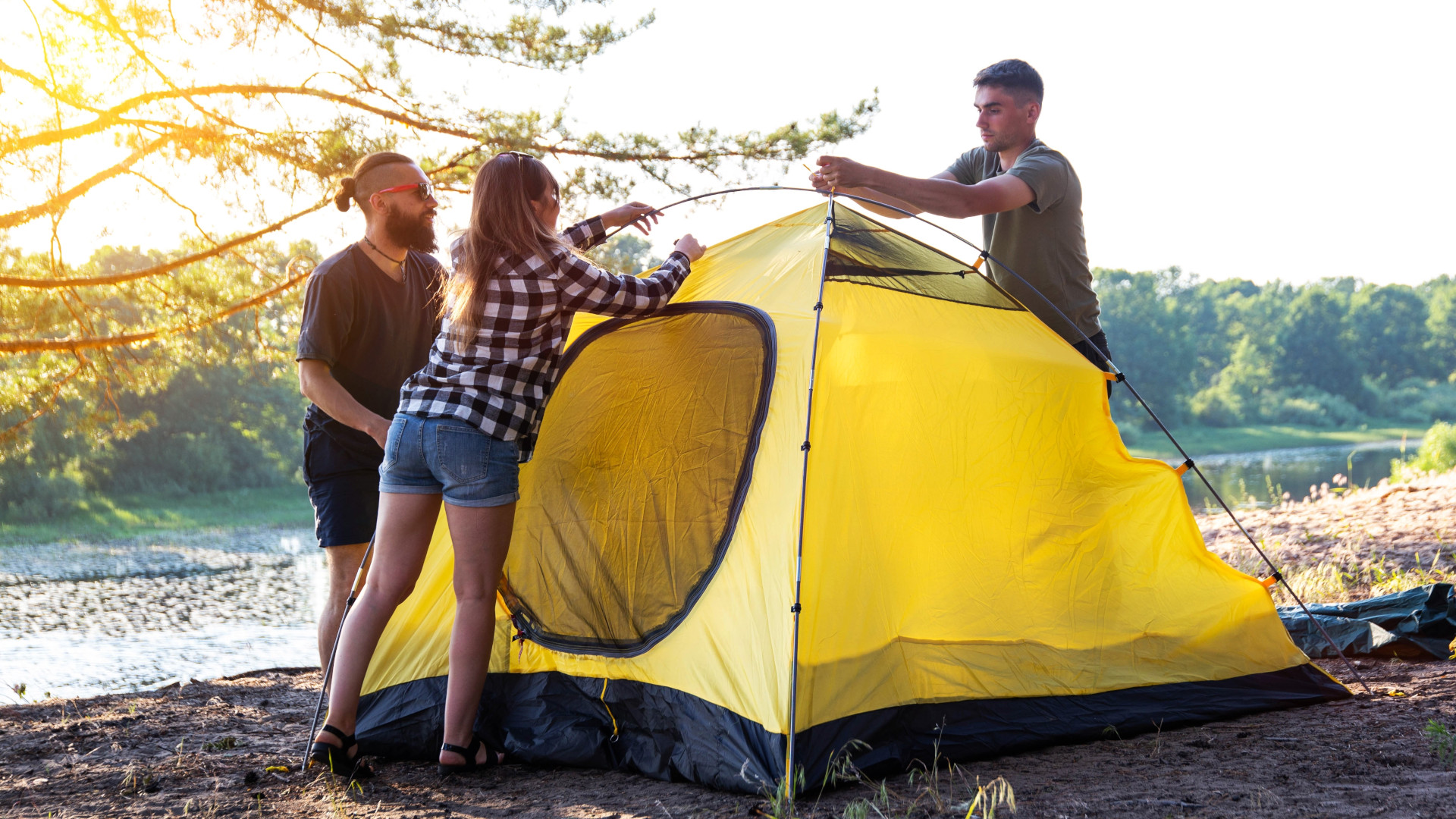 5 common camping mistakes and how to avoid them for a relaxed outdoor escape
5 common camping mistakes and how to avoid them for a relaxed outdoor escapeWhether you're a seasoned camper or a complete newbie, don't overlook these common blunders
By Bryony Firth-Bernard Published
-
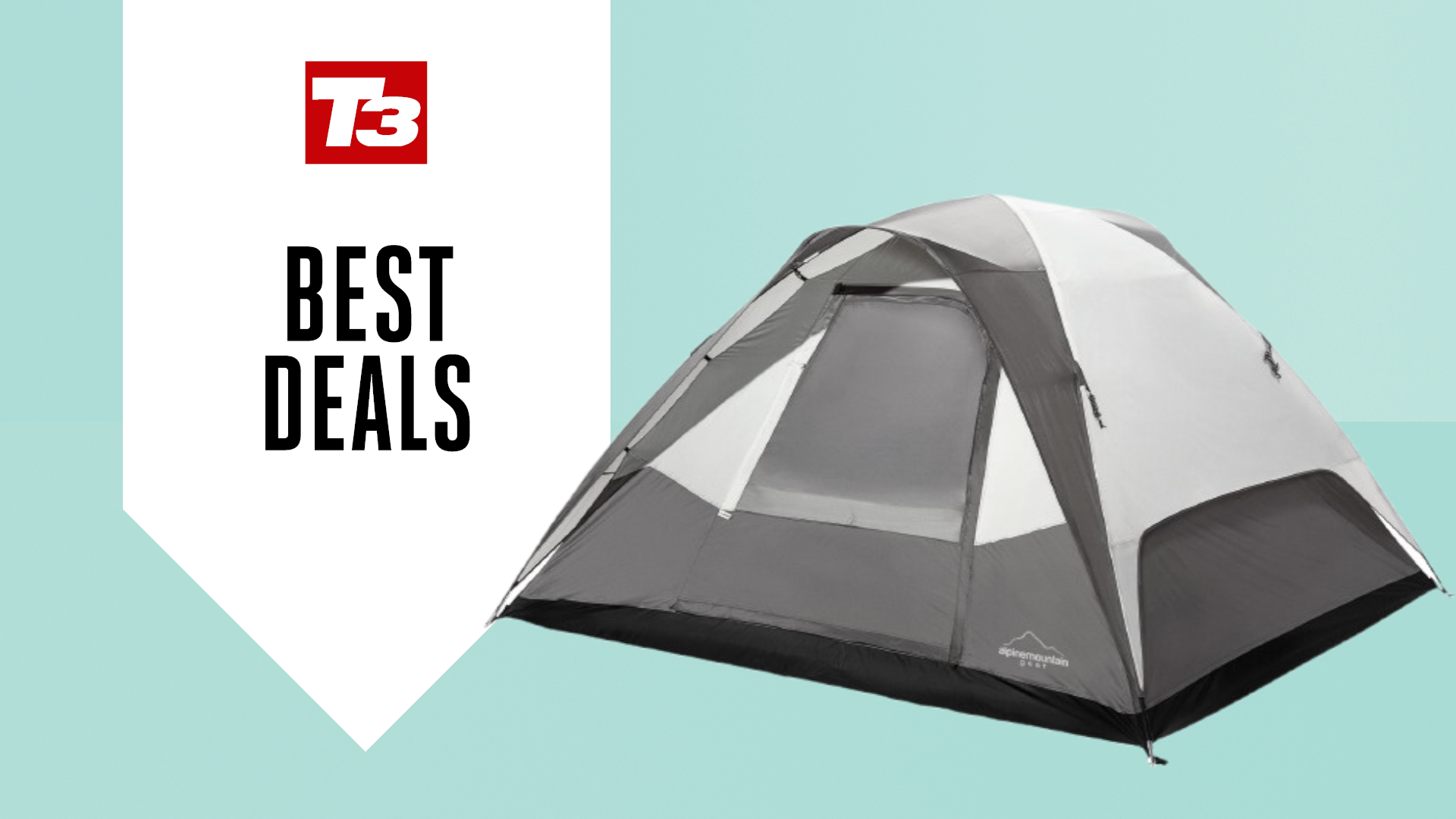 REI is selling this 6-person tent for just $83 – grab it before it's gone!
REI is selling this 6-person tent for just $83 – grab it before it's gone!This 3-season tent has almost 60% off
By Bryony Firth-Bernard Published
-
 The AeroPress Go Plus is the gadget I need for my next outdoor adventure
The AeroPress Go Plus is the gadget I need for my next outdoor adventureWhether you’re off camping or heading on a hike, the new AeroPress Go Plus lets you enjoy great coffee on the go
By Bryony Firth-Bernard Published
-
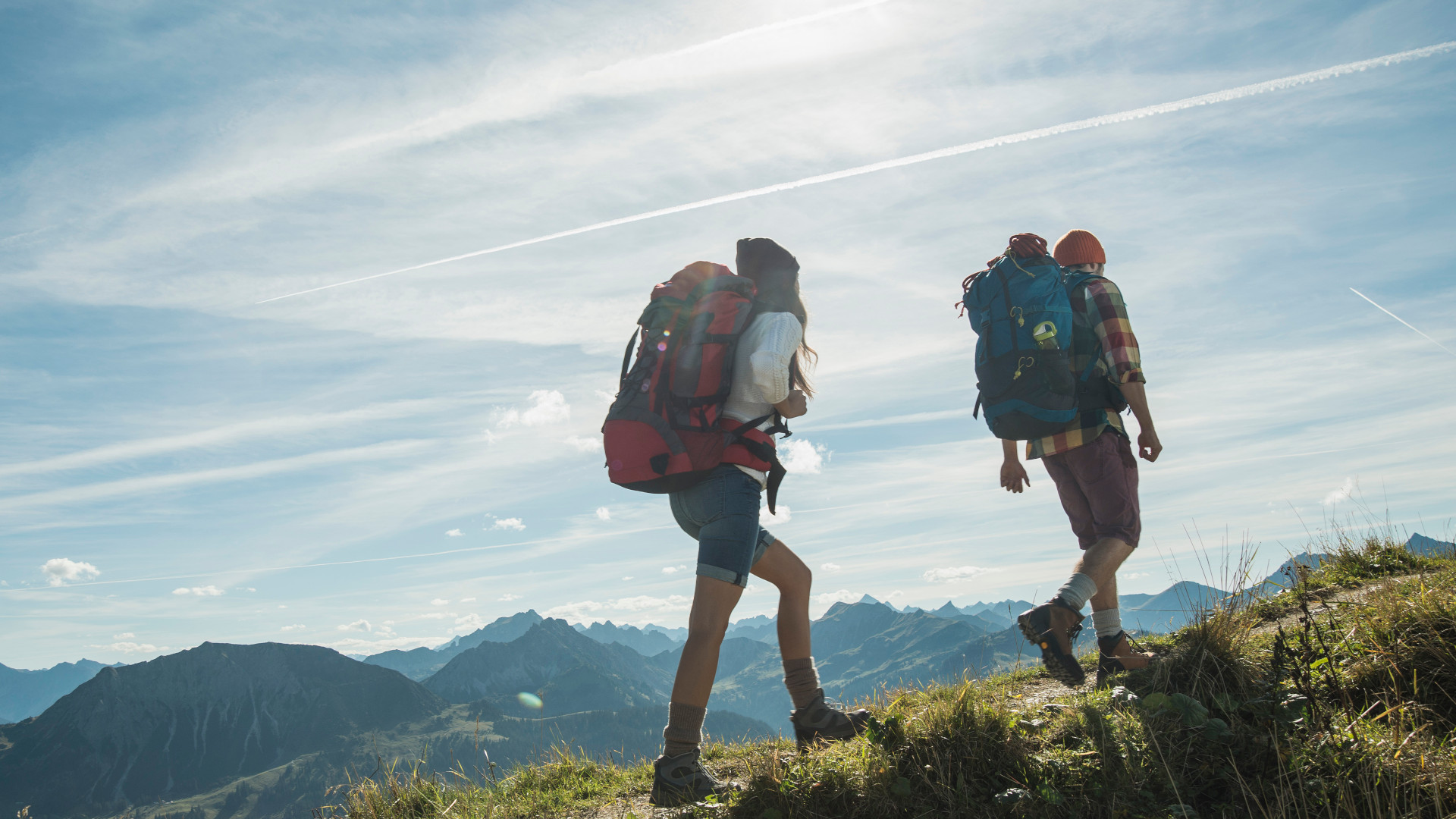 5 essential items every hiker should have in their backpack, according to a Mountain Rescuer
5 essential items every hiker should have in their backpack, according to a Mountain RescuerWhether you’re embarking on a quick hike or a long trek, these essentials can be invaluable
By Bryony Firth-Bernard Published
-
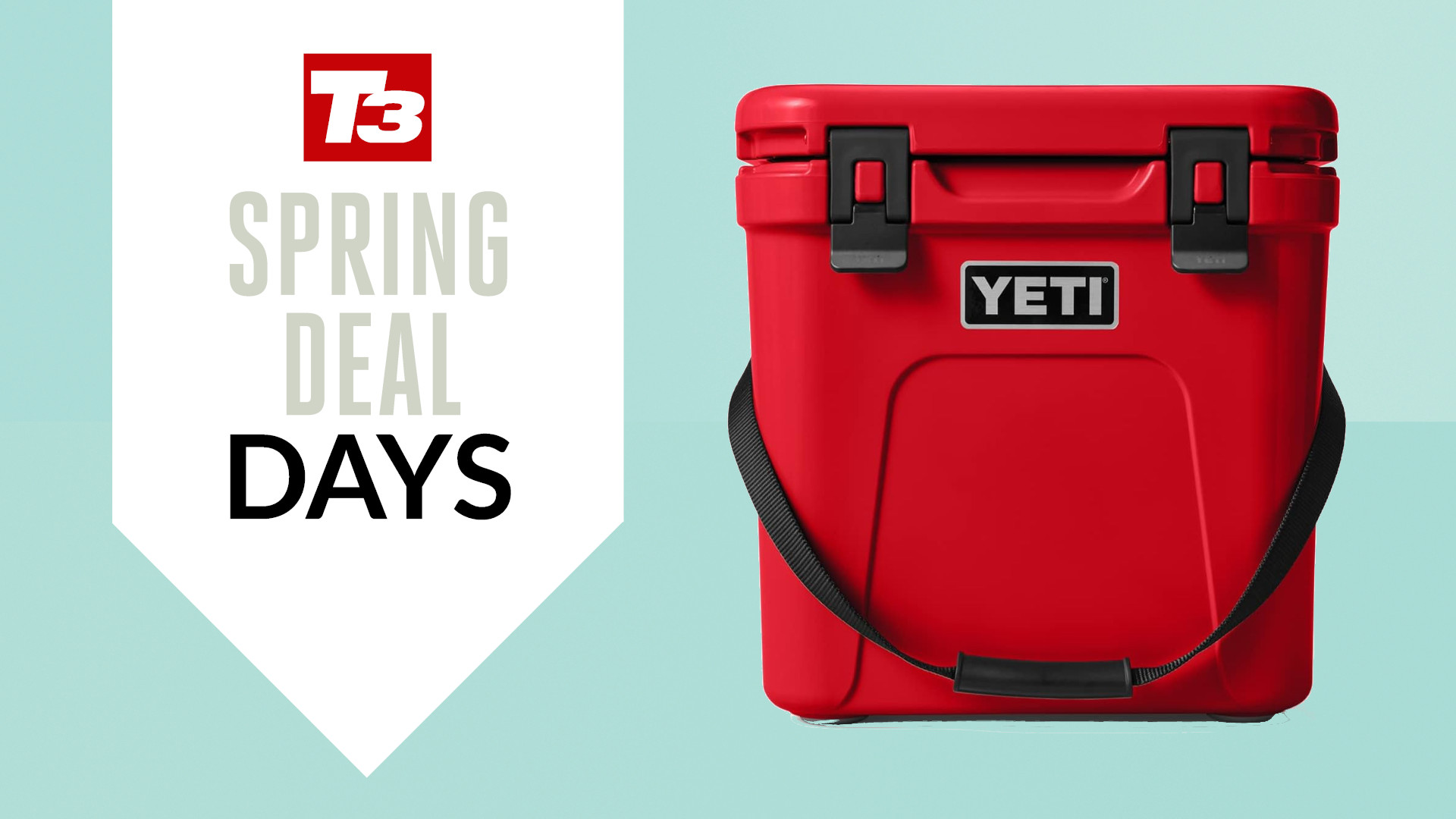 YETI has discounted a ton of its best-selling coolers and tumblers in Amazon’s Big Spring Sale
YETI has discounted a ton of its best-selling coolers and tumblers in Amazon’s Big Spring SaleJust in time for the warmer months
By Bryony Firth-Bernard Published
-
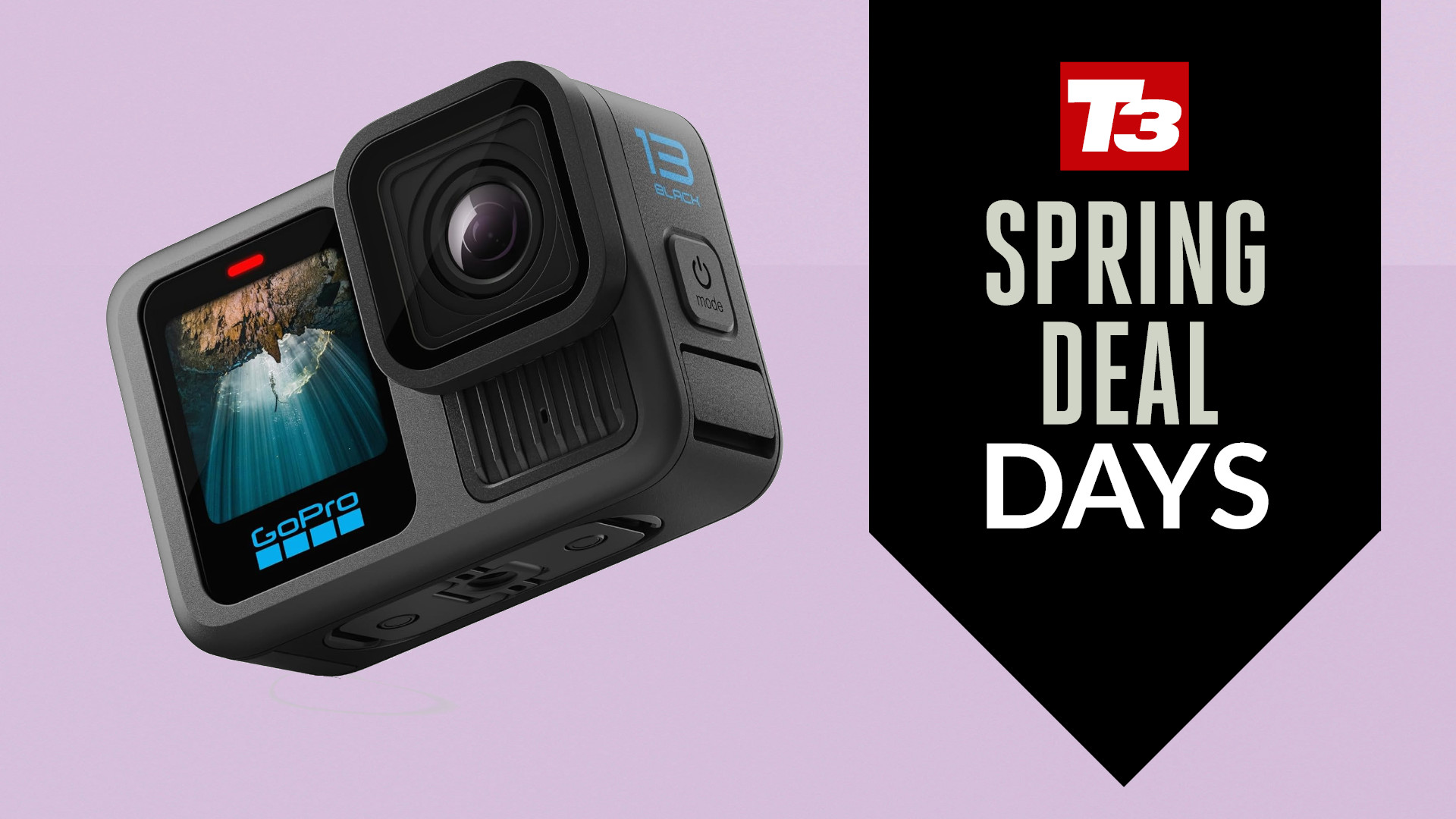 GoPro's latest flagship action cam just got a major price cut in Amazon's spring sale deal
GoPro's latest flagship action cam just got a major price cut in Amazon's spring sale dealYou can pick up the Hero 13 Black with almost 20% off
By Lee Bell Published
-
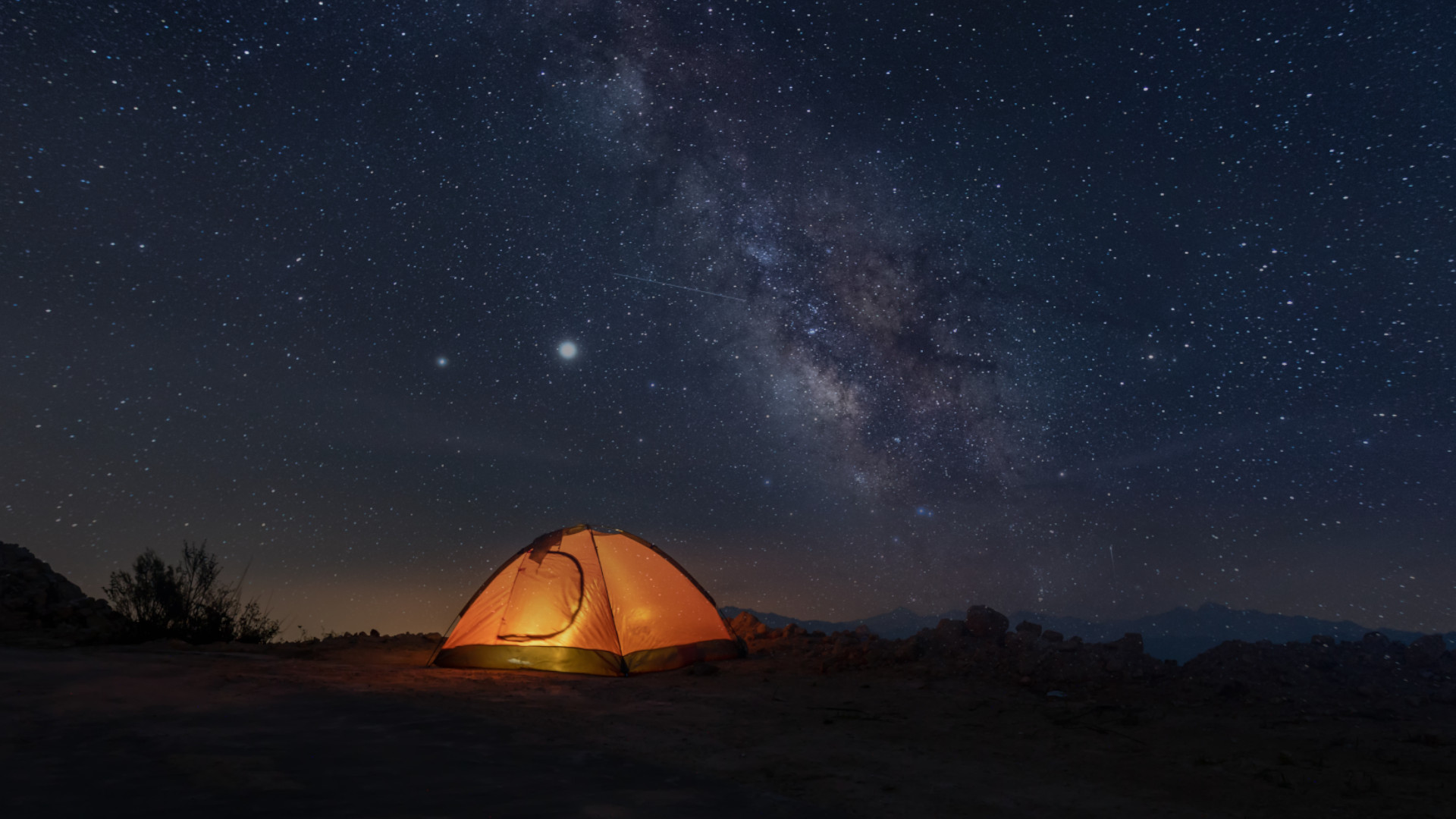 How to sleep comfortably while camping, according to an outdoor expert
How to sleep comfortably while camping, according to an outdoor expertGet a restful night’s sleep under the stars with these simple steps
By Bryony Firth-Bernard Published
-
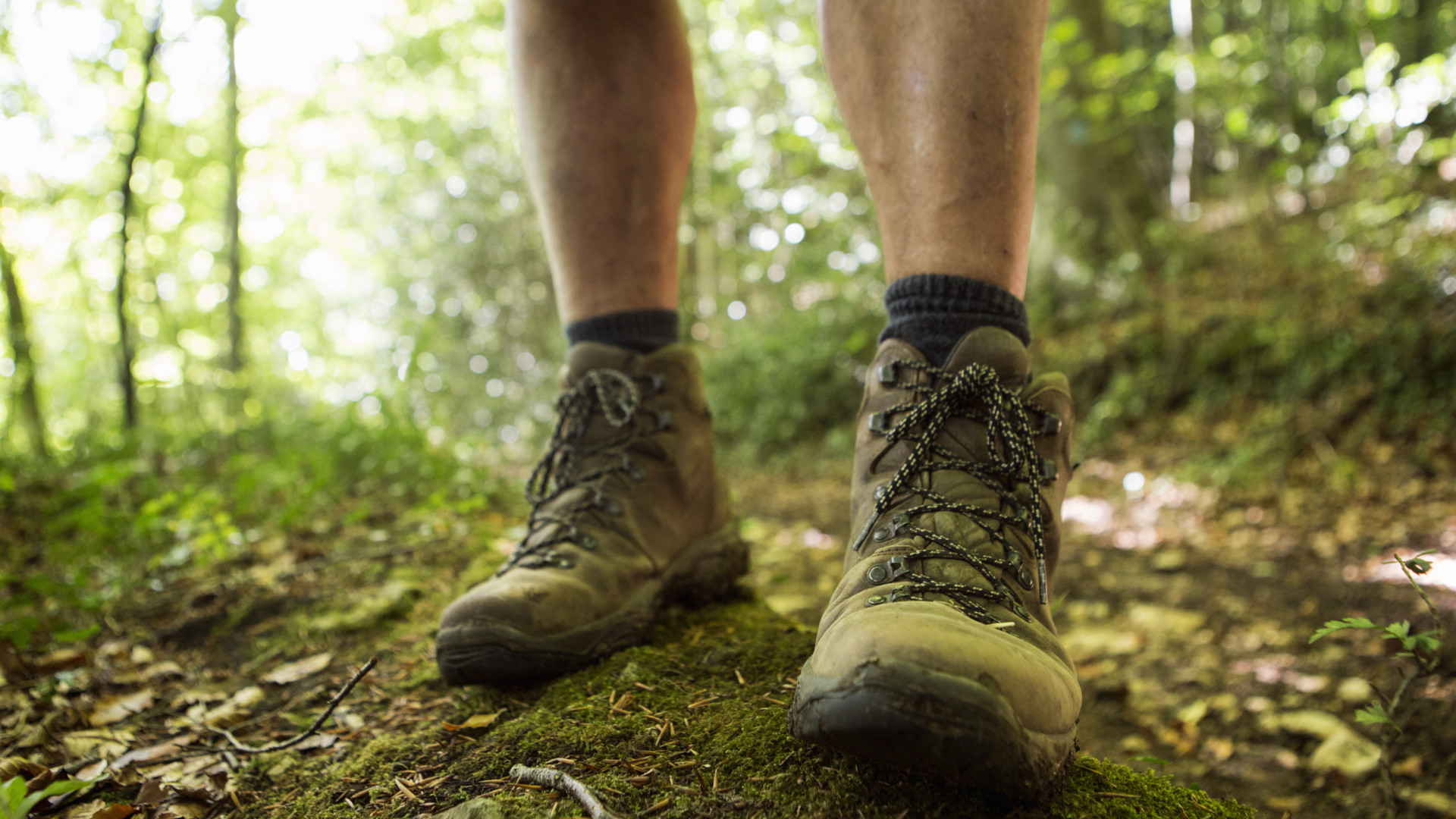 No stupid questions: how often should I clean my hiking boots?
No stupid questions: how often should I clean my hiking boots?Want to extend the life of your hiking boots? This is how often you should be cleaning them
By Bryony Firth-Bernard Published